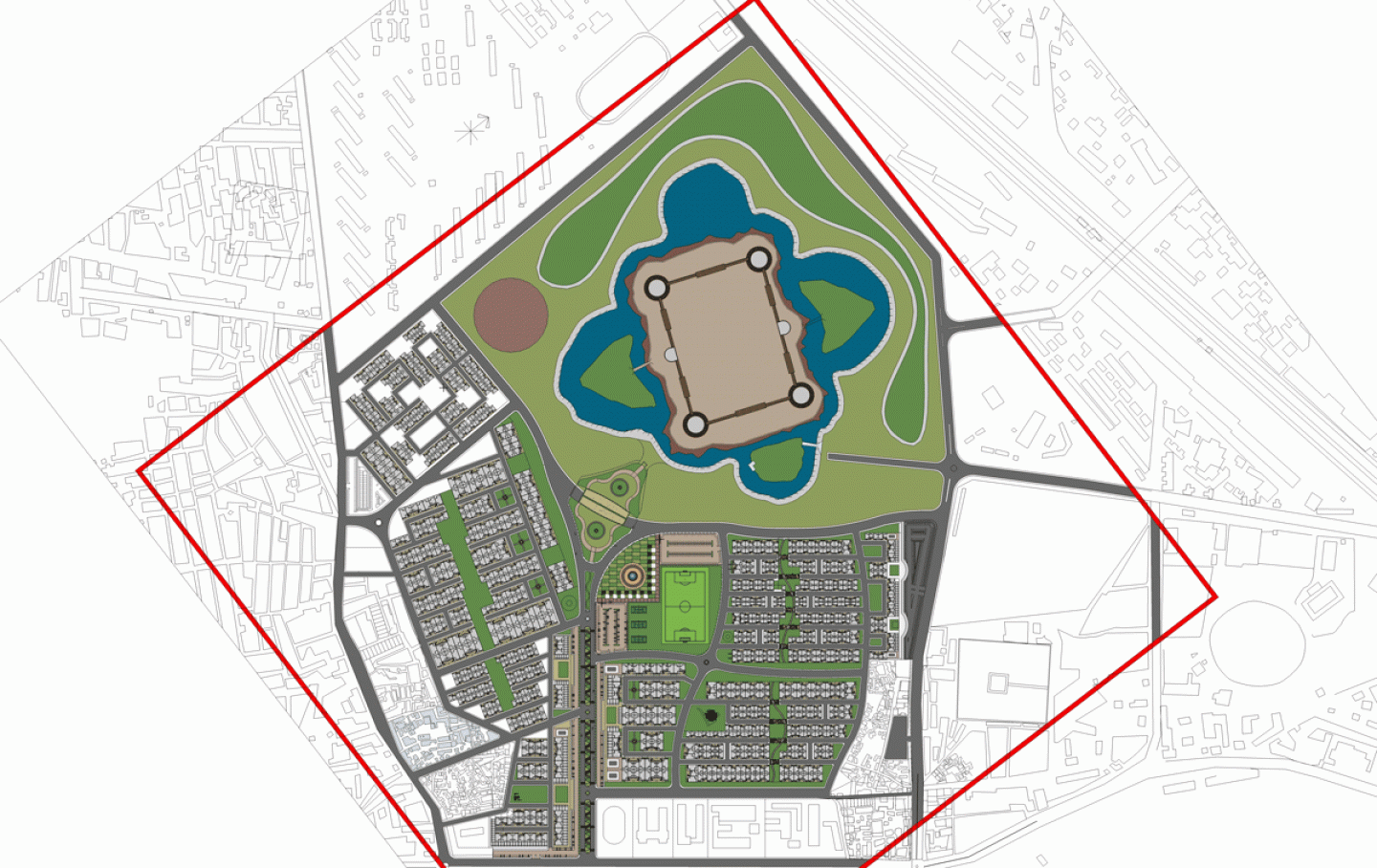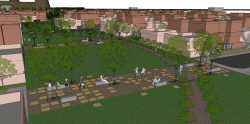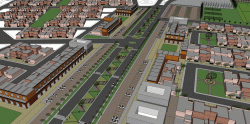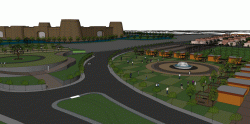The area under consideration is located in the center of the city, adjoining the historic Walled City. The main feature of the site is its strategic location amidst the major landmarks being Gobindgarh Fort, Durgiana Temple, a railway station and the Walled City. The neighborhood unit is a physical design tool that provides opportunities for its residents to interact with people and develop a sense of the place and its ownership.
The study of the selected site identifies the factors that are responsible for the haphazard development of the city, including strict zoning of various land uses, unjust distribution of benefits and burdens, irrelevant street design discouraging pedestrians, building typologies discouraging social interaction and unsafe streets due to fast-moving cars and absence of pedestrians. Further, the criterion for selecting a site has been the ability of the site to provide newer development, if designed appropriately, with a number of opportunities to thrive and be socially sustainable.
Social sustainability in design, integrated with a holistic approach, may be fruitful to achieve the overall sustainable development of the city, with an emphasis on following micro-level solutions inclusive of Mixed Use Zoning and Compact-City Approach, Extended Houses Concept, Increase in the Mass-Transit Use, Pedestrianized Environment and Walkability Concept, Up-gradation in a Building’s Energy Efficiency and Networking of Urban Open Spaces. Hence, the study concludes with providing design solutions for the selected site, with a view to evolving a sustainable neighborhood model. Some of them include avoiding sprawl to limit the use of cars, providing equal access to social and physical infrastructure, social inclusion incorporated in design by integrating diverse income groups, street design to encourage pedestrians over cars, building typologies encouraging social interaction and making streets safer by reducing thoroughfare and encouraging natural surveillance.
2010
0000
The role of climatic and ecological balance has a direct implication on the sustainable development of a city. The rise in the level of carbon dioxide in the atmosphere due to greenhouse effect and extremities of climate has significantly affected the natural environment of Amritsar, the holy city. Amritsar has undergone a tremendous climatic change along with pollution exaggeration within the previous decade.
Parul Galhotra





